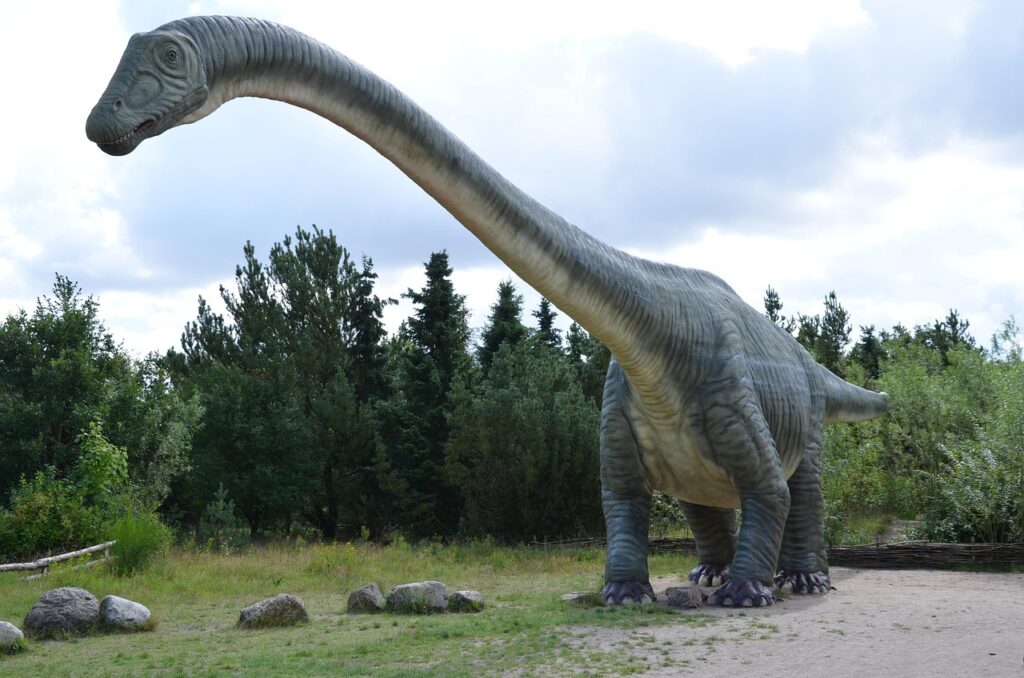Picture this: a world where massive asteroids crash into Earth with the force of millions of nuclear bombs, where acid rain pours from darkened skies for months, and where the planet’s climate shifts so dramatically that nearly all life on Earth perishes. Yet somehow, some creatures not only survived these apocalyptic events but thrived afterward. These remarkable survivors didn’t rely on size, speed, or strength to outsmart extinction. Instead, they developed ingenious strategies that made them virtually indestructible.
While the mighty Tyrannosaurus rex and other dinosaurs met their doom sixty-six million years ago, a fascinating cast of characters managed to weather every catastrophe Earth could throw at them. From tiny water bears that can literally turn into glass to survive the vacuum of space, to flat-bodied insects that squeeze into the tiniest cracks during global disasters, these species wrote the ultimate survival manual. Let’s dive into the extraordinary stories of the creatures that refused to give up when the world was ending around them.
The Mighty Cockroach Masters of Disaster
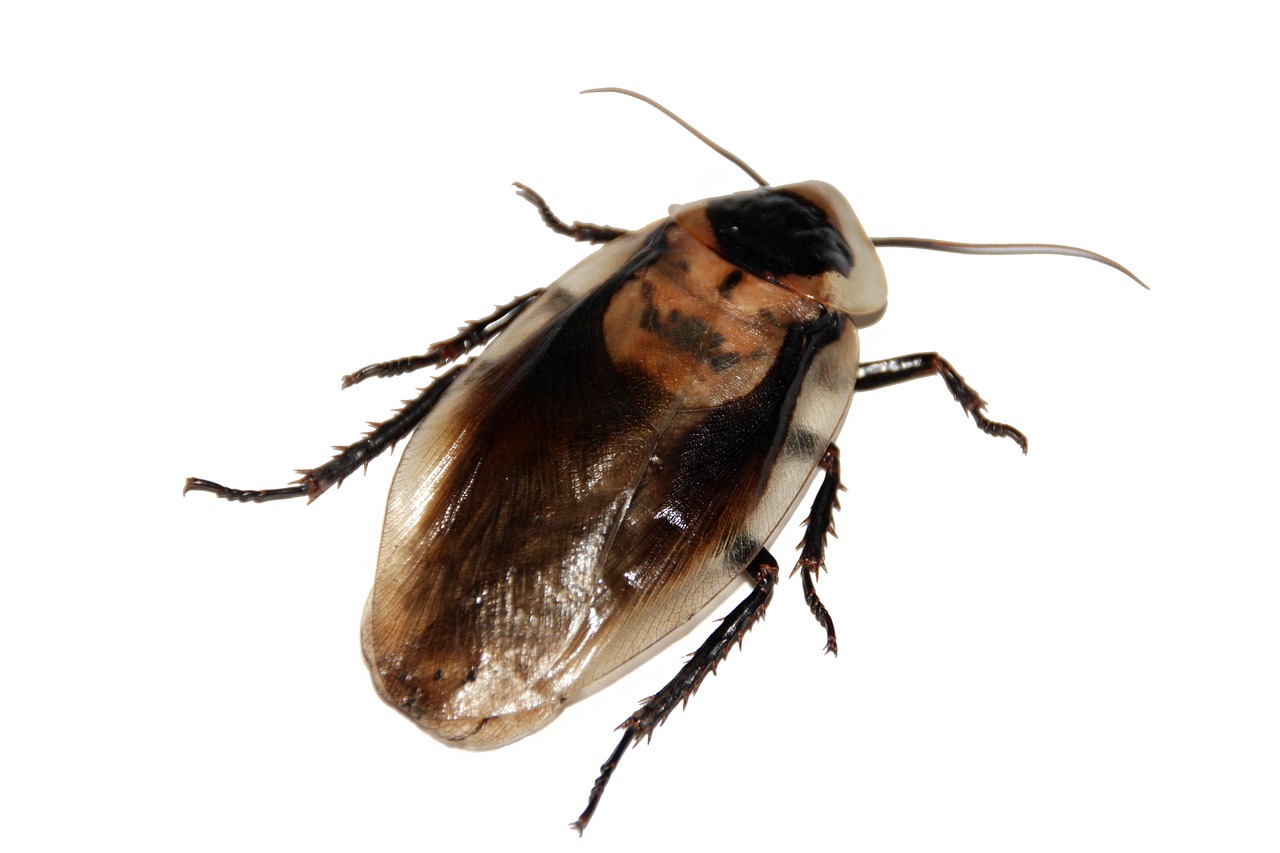
You’ve probably encountered them scurrying across your kitchen floor, but cockroaches are actually ancient survivors that have been around for 125-140 million years. These insects have the same abilities that helped their ancestors outlive many dinosaurs, allowing cockroaches to survive lean times since the Chicxulub extinction and other natural disasters. Their bodies are very flat, and this is not an accident. This clever design allows them to squeeze into impossibly tight spaces when disaster strikes.
Unlike some insects that prefer to eat one specific plant, cockroaches are omnivorous scavengers that will eat most foods from animals or plants as well as cardboard, some kinds of clothing and even poop. Another helpful trait is that cockroaches lay their eggs in protective cases called oothecae that are hard and protect their contents from physical damage, flooding and drought, with some cockroaches possibly waiting out part of the Chicxulub catastrophe from the comfort of their oothecae. Similar to how modern cockroaches feed on the droppings left by birds and bats, researchers think that ancient roaches may have dined on dinosaur feces. Cockroaches have already overcome odds that were too great for dinosaurs, and if another meteorite hit the Earth, scientists would be more worried for humans than for cockroaches.
Birds: The Dinosaurs That Refused to Die
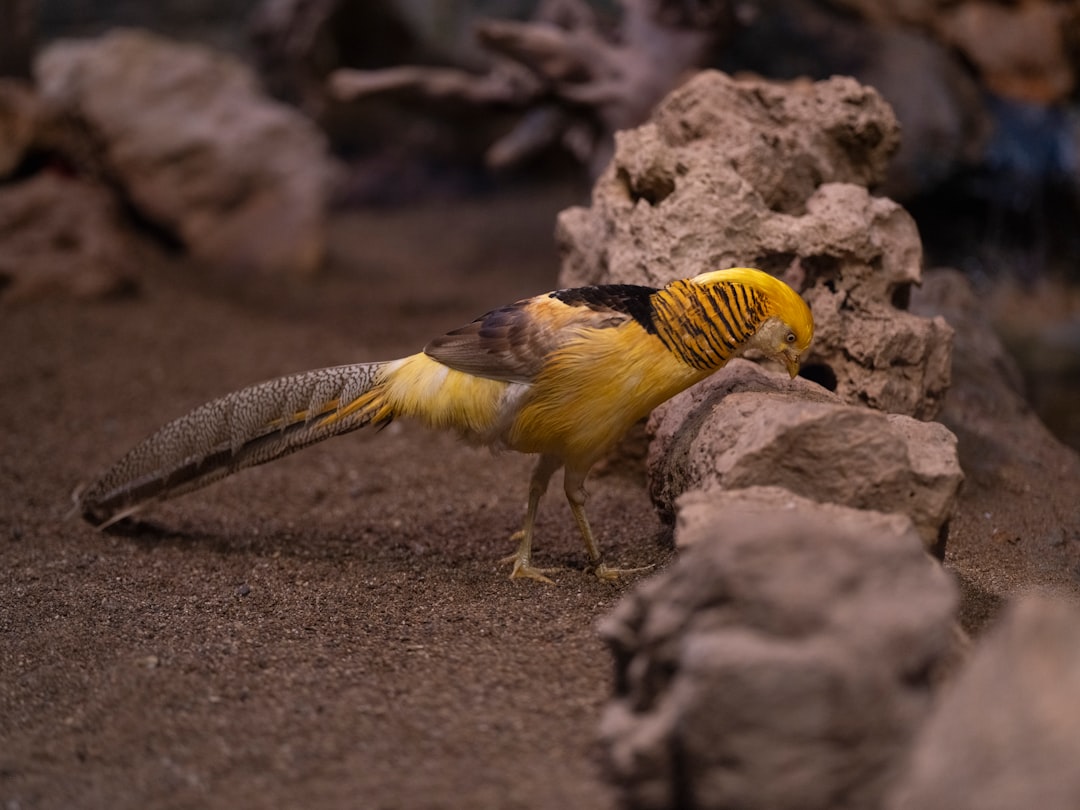
Birds are the only dinosaurs to survive the mass extinction event 66 million years ago, and most paleontologists regard birds as the only surviving dinosaurs. Many species of birds can build burrows, or nest in tree holes, or termite nests, all of which provided shelter from the environmental effects at the K-Pg boundary, with long-term survival assured as a result of filling ecological niches left empty by extinction of non-avian dinosaurs. Based on molecular sequencing and fossil dating, many species of birds appeared to radiate after the K-Pg boundary, with the open niche space and relative scarcity of predators following the K-Pg extinction allowing for adaptive radiation of various avian groups.
Ratites rapidly diversified in the early Paleogene and are believed to have convergently developed flightlessness at least three to six times, often fulfilling the niche space for large herbivores once occupied by non-avian dinosaurs. The secret to their success wasn’t just their ability to fly away from danger. The survival of birds and mammals could be due to their smaller needs for food, related to their small size at the extinction epoch. These feathered survivors essentially inherited a world suddenly emptied of its former rulers, transforming from small tree-dwellers into the diverse array of species we see today.
Tiny Mammals That Inherited the Earth
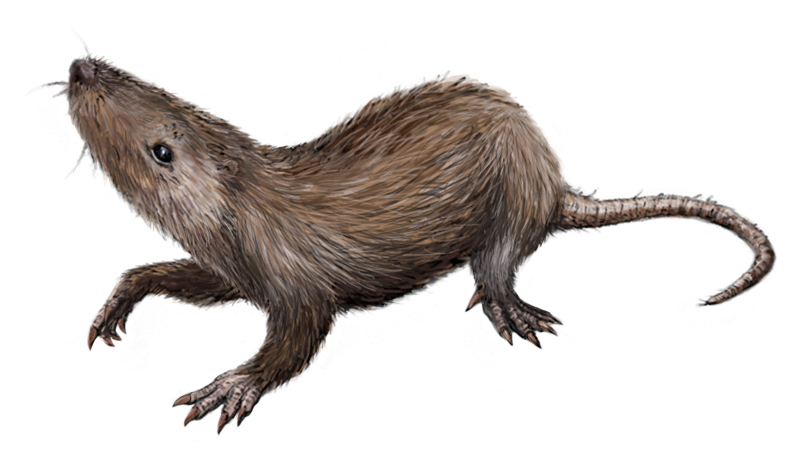
The miles-wide asteroid that struck Earth 66 million years ago wiped out nearly all the dinosaurs and roughly three-quarters of the planet’s plant and animal species, but some creatures survived, including certain rat-sized mammals that would later diversify into the more than 6,000 mammal species that exist today, including humans. Ground-dwelling and semi-arboreal mammals were better able to survive the cataclysm than tree-dwelling mammals, due to the global devastation of forests that followed the Chicxulub asteroid impact. According to Penn State researcher Russ Graham, mammals that used burrows or lived in aquatic environments would have been shielded from the intense heat that briefly followed the impact.
Had the non-avian dinosaurs not been wiped out 65 million years ago, our species would probably never have existed, as the mass extinction was one of the major events in earth’s history that greatly affected evolution, and it was in the wake of the extinction that mammals became the dominant vertebrates on land. After barely surviving the brimstone, mammals rapidly inflated their bodies from rat-sized to cow-sized, diversified their diets and behaviors and eventually expanded their brains, ringing in a new Age of Mammals. However, mammals did not escape the extinction event unscathed, as several groups of mammals perished right at or not long after the extinction event, though some groups survived while others were either wiped out or so reduced in diversity that they fell into extinction.
Ancient Turtles and Their Fortress Shells

Many turtle species that lived at the time of the dinosaurs survived the extinction event. These shelled survivors had a built-in advantage that proved invaluable during the chaos following the asteroid impact. Their protective shells provided them with natural armor against falling debris, extreme temperatures, and other environmental hazards. Unlike many creatures that relied on specific food sources, turtles developed flexible feeding habits that allowed them to adapt to the dramatically changed landscape.
Most other tetrapods weighing more than 25 kg also became extinct, with the exception of some ectothermic species such as sea turtles and crocodilians. Turtles’ slow metabolism meant they didn’t need as much food as larger, more active animals, helping them survive during the period when food sources were scarce. Their ability to retreat completely into their shells, combined with their patience and adaptability, made them perfectly suited to wait out the worst effects of the mass extinction. Some species could even survive for extended periods without eating, which proved crucial when plant life was devastated by the impact’s aftermath.
Crocodilians: Living Fossils from the Age of Giants
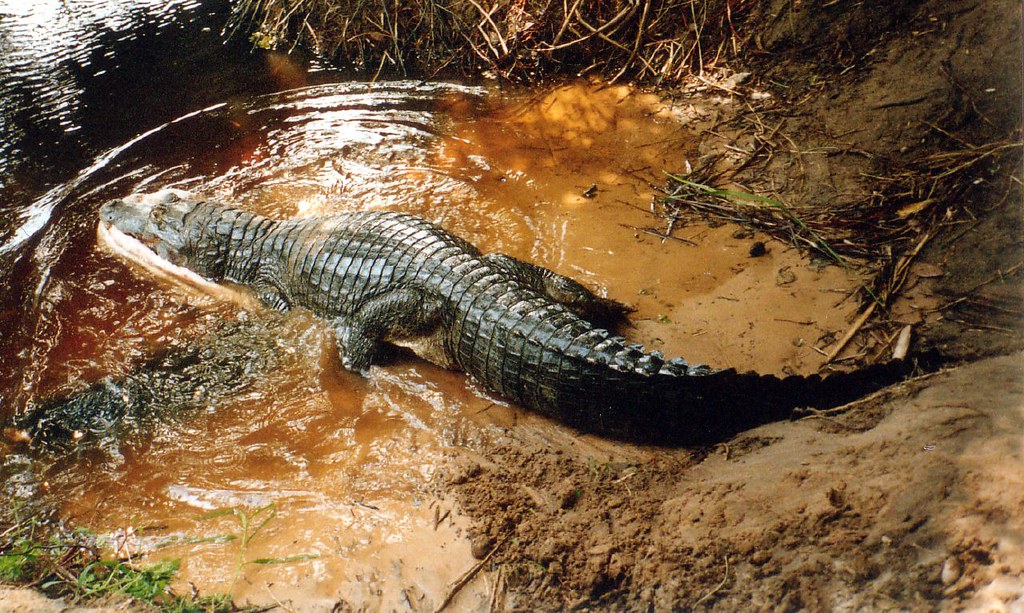
The world was full of dinosaurs 99 million years ago, but crocodilian animals were also abundant and some were huge, with the Cretaceous period full of giant crocs including Sarcosuchus, Dyrosaurus, Deinosuchus, and Shieldcroc, where there was likely ample food and a warm climate facilitating their ability to reach large sizes. Fossils found suggest that one species, known as Shieldcroc, grew to be 33 feet long with a nearly 7-foot-long head, and although most of their dino-lizard cousins died during the K/T event, crocodiles persevered, with 23 different crocodilian species existing today. Crocodiles and alligators belong to a large family called the crocodilians, and these animals all look remarkably similar as the general body form has changed little in the past 80 million years.
Under the circumstances of food chain disruption, non-avian dinosaurs died out, while some crocodilians survived. Their semi-aquatic lifestyle provided them with multiple advantages. When the land became uninhabitable, they could retreat to water environments that offered some protection from the extreme heat and debris. Their slow metabolism allowed them to survive long periods without food, and their opportunistic feeding habits meant they could eat whatever was available, from fish to carrion left by the disaster. Crocodiles, small mammals, and even some tenacious plants managed to live on after the asteroid impact. Their incredible durability and adaptability have made them true living fossils, barely changed from their ancient ancestors who watched the dinosaurs disappear.
Amphibians: The Delicate Survivors
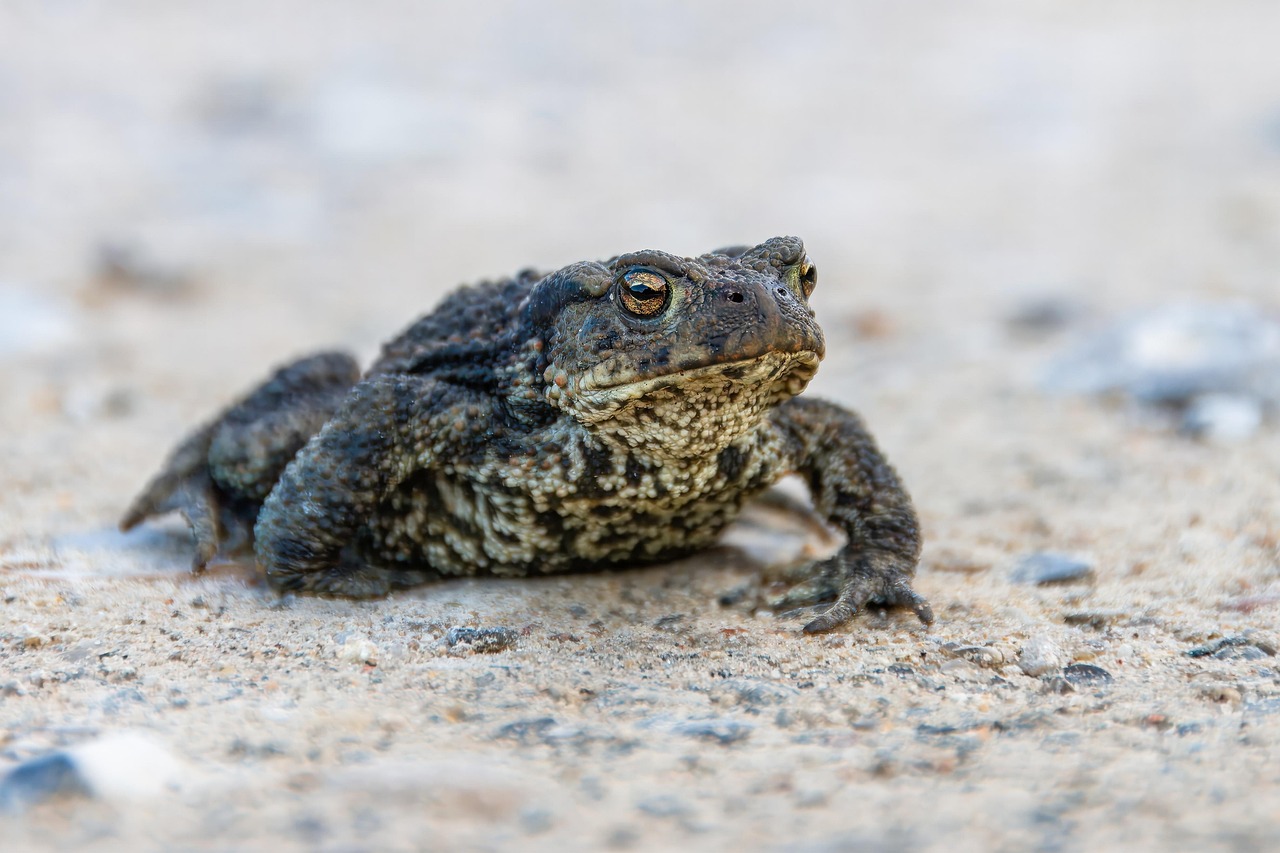
These seemingly delicate amphibians survived the extinction that wiped out larger animals, and frogs survived the mass extinction, even though many are now endangered because of habitat destruction. Despite appearing fragile, frogs and salamanders possessed several key advantages that helped them weather the apocalyptic events. Their ability to absorb moisture and oxygen through their skin meant they could survive in environments where other animals suffocated. Many species lived in aquatic or semi-aquatic environments, providing them with refuges from the devastating effects on land.
Their reproductive strategies also played a crucial role in their survival. Amphibians could lay numerous eggs, increasing the chances that at least some offspring would survive the harsh conditions. Some species could hibernate or enter dormant states during the worst periods, slowing their metabolism and reducing their need for food and oxygen. Their diet of insects, small invertebrates, and organic matter meant they weren’t dependent on the large food webs that collapsed after the extinction. Their adaptability to various water sources, from permanent lakes to temporary puddles, gave them flexibility that many other species lacked.
Sharks: Ocean Predators That Refused to Quit
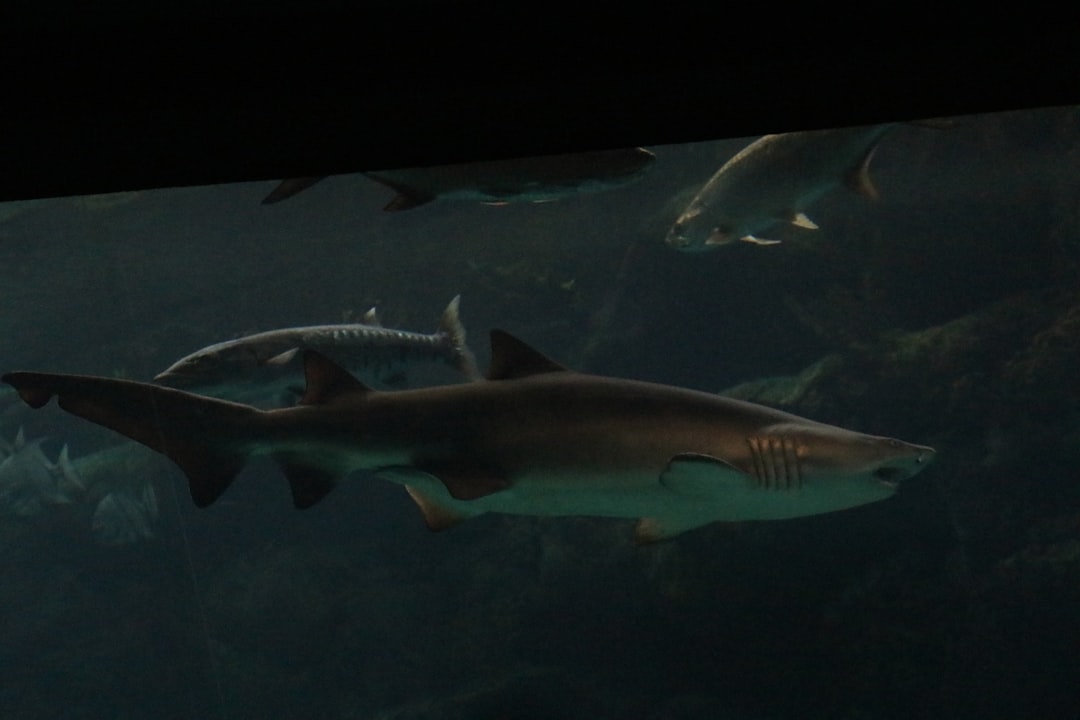
Sharks have been in the ocean for approximately 400 million years and survived four of the five big extinction events, and during the Cretaceous period, they were likely prey to the immense Spinosaurus aegyptiacus but proliferated and thrived once the dinosaurs died out. A number of shark species perished 65 million years ago, but those that survived have descendants swimming the oceans today. Sharks are thought to have adapted the modern features we know today during the Jurassic and Cretaceous periods, about 200 million years ago.
A variety of species in the world’s oceans, from microscopic organisms to large sharks, survived the mass extinction 65 million years ago. The ocean environment provided sharks with some protection from the worst effects of the asteroid impact. While the surface waters may have become acidic and toxic, deeper ocean environments remained more stable. Sharks’ incredible adaptability allowed them to adjust to changing conditions, and their diverse feeding strategies meant they could survive on whatever food sources remained available. A frilled shark from a species dating back 80 million years was caught off Australia, having 300 teeth in 25 rows, with experts noting that once you’re in that mouth, you’re not coming out. Their efficient design, honed over millions of years of evolution, proved nearly perfect for survival.
Water Bears: The Ultimate Indestructible Survivors
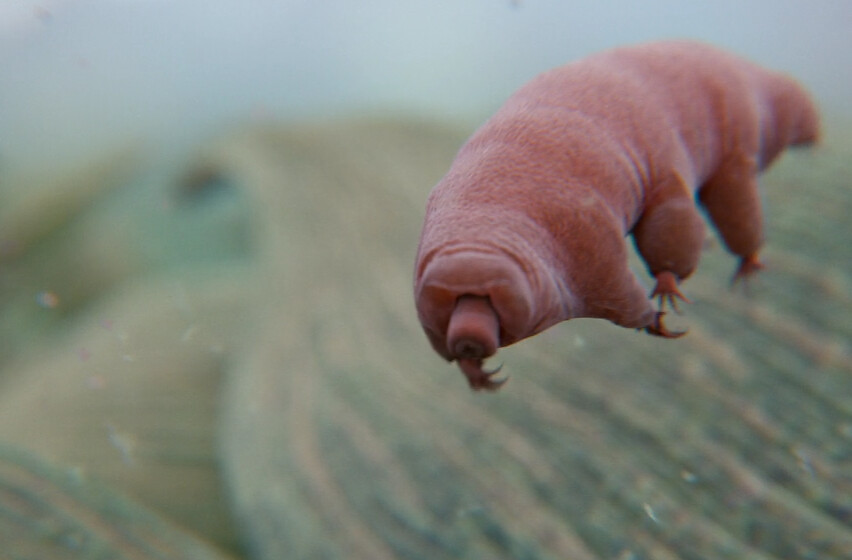
Tardigrades are survivors, and for hundreds of millions of years, the microscopic water bears have spread all over the planet and endured some of the harshest conditions Earth has to offer. Water bears have survived all five mass extinctions on Earth since they first evolved about half a billion years ago, having lived on Earth for hundreds of millions of years and persisting through all five mass extinction events. Tardigrades can survive some of the most extreme conditions on Earth, including freezing temperatures, crushing pressures, and even the vacuum of space, punishing heat, freezing cold, ultraviolet radiation, doing this by becoming dried-out little balls called tuns and almost stopping their metabolism.
Tardigrades that were able to go into a form of stasis until conditions recovered would have been better able to survive the oxygen drops, climate shifts, and other pressures associated with these global disasters, and they can survive the harshest environments by entering a state of extreme inactivity, known as cryptobiosis, which enables them to almost completely halt their metabolism and endure dehydration, drastic temperature changes and even the vacuum of space. The eight-legged invertebrates can survive for up to 30 years without food or water and can endure wild temperature extremes, radiation exposure, and even the vacuum of space. It seems likely that it will take the death of our sun to finally end the long journey of the tardigrades, as only the death of the sun will ultimately lead to the total extinction of life on Earth, including tardigrades. Their incredible resilience makes them perhaps the most indestructible creatures on our planet.
Marine Life’s Secret Sanctuaries
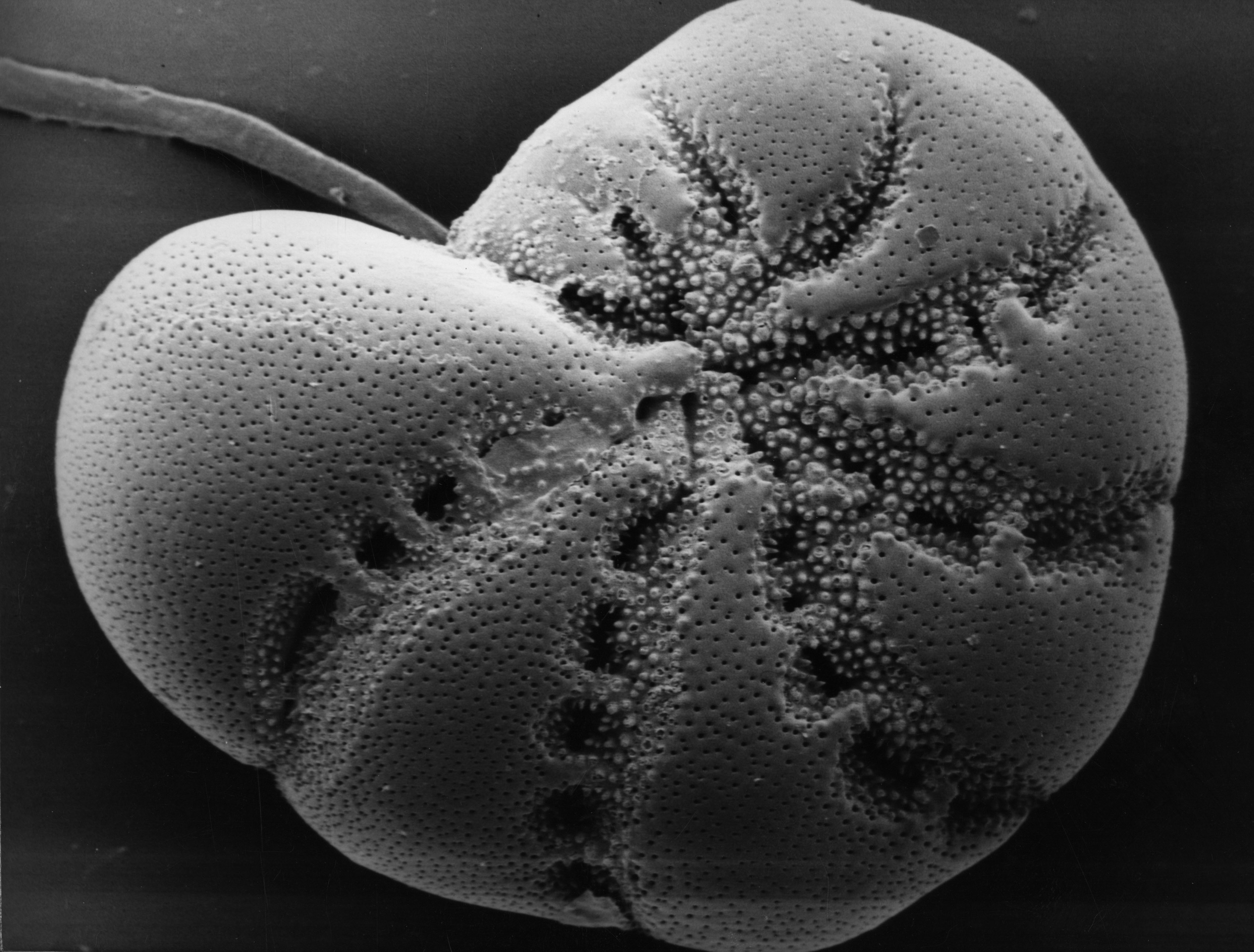
Many organisms living in freshwater lakes and streams were also relatively unharmed for reasons that aren’t clear. The aquatic environments served as crucial refuges during the mass extinction, protecting countless species from the worst effects of the asteroid impact. Single-celled organisms called benthic forams live well below the surface, which might have protected them. Although corals are highly susceptible to certain changes in the environment, they survived the mass extinction. While their relatives the ammonites perished 65 million years ago, nautiloids survived, with living nautiloids including the chambered nautilus.
Sponges appeared more than 500 million years ago and have survived multiple mass extinction events, with a species that lived at the same time as nonavian dinosaurs closely resembling modern sponges. Horseshoe crabs, called living fossils for years, are actually arthropods similar to scorpions and spiders that have evolved more slowly than other animals but have become one of nature’s most-enduring organisms, having survived at least four of the planet’s biggest extinction events. The ocean’s vast size, thermal stability, and diverse environments provided multiple safe havens where life could persist even when the surface world was in chaos. Deep-sea environments, with their stable temperatures and independent food chains based on chemosynthesis rather than photosynthesis, offered particularly secure refuges from the catastrophic changes occurring on land and in shallow waters.
The Evolutionary Arms Race Against Extinction
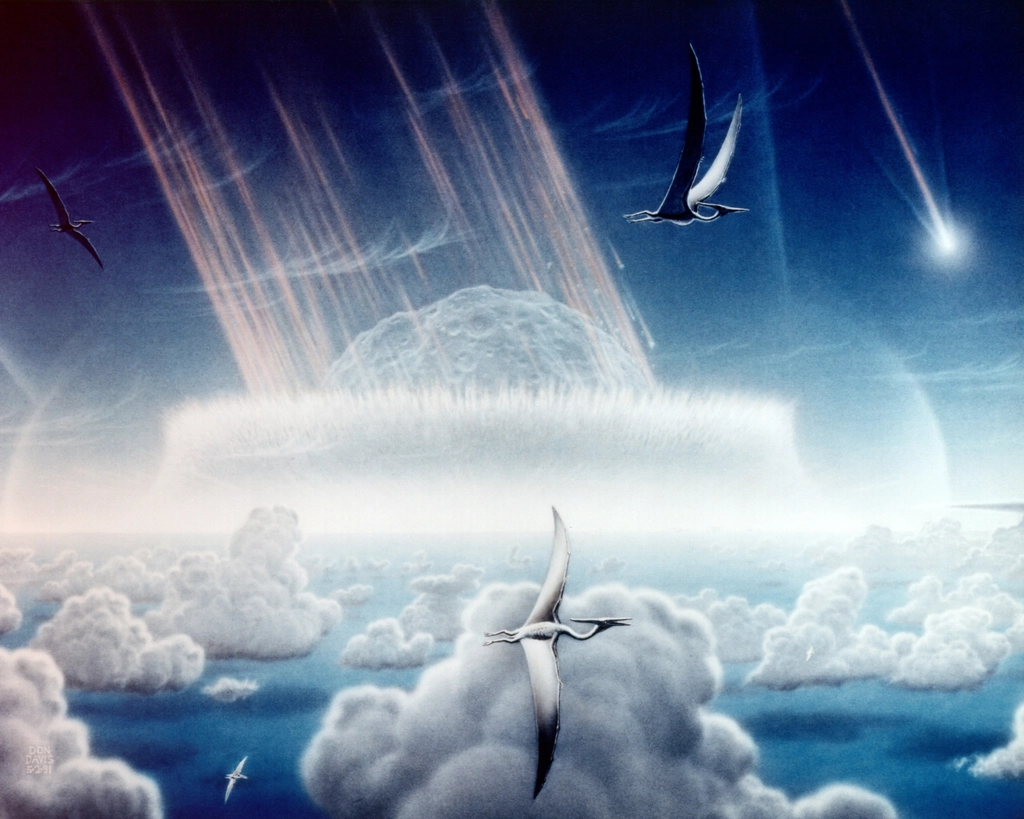
According to some estimates, 75 percent of life on the planet was wiped out, so how on earth did anything survive, and what lessons can we learn for the future The survivors of the great extinction shared several key characteristics that made them nearly impossible to eliminate completely. Some have suggested that animals that lived in burrows survived, others argue that plants and animals with a higher tolerance of acid rain would have had a survival advantage, while still others reason that an animal’s diet might have been a crucial factor, with animals that ate a varied diet of roots, seeds, insects, decaying plants or other animals being able to make better use of available resources.
In mass extinctions, why do some animals perish while others survive, and recently, two separate teams looked into these extinction events to understand what allows a species to survive when the world is dying around them. The patterns that emerge reveal nature’s most successful survival strategies: flexibility in diet, ability to enter dormant states, small size requiring less energy, diverse habitat preferences, and reproductive strategies that could quickly rebuild populations. These characteristics didn’t develop specifically to survive mass extinctions, but rather evolved as responses to everyday environmental challenges. However, when the ultimate test came, these seemingly modest adaptations proved to be the difference between extinction and evolutionary triumph.
Conclusion
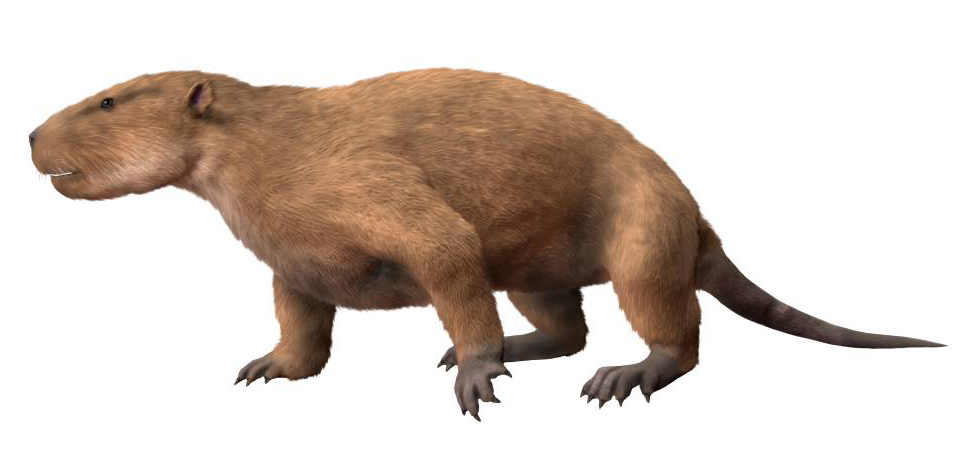
The story of extinction survival isn’t really about the biggest, strongest, or fastest creatures. Instead, it belongs to the flexible, the patient, and the ingeniously adaptable. From cockroaches that can squeeze into impossibly tight spaces to tardigrades that can literally shut down their bodies for decades, these survivors teach us that sometimes the best strategy isn’t to fight the disaster but to wait it out.
These remarkable species didn’t just survive one catastrophic event, they’ve weathered multiple mass extinctions over hundreds of millions of years. Their success lies in traits that might seem unremarkable: eating almost anything, hiding in small spaces, slowing down metabolism, and adapting to changing conditions. While the mighty dinosaurs ruled the Earth for over 160 million years, these humble survivors have been around even longer and show no signs of giving up anytime soon.
Perhaps most fascinating is that many of these creatures are still with us today, virtually unchanged from their ancient forms that witnessed the rise and fall of the dinosaurs. They’ve become living time capsules, carrying forward the secrets of survival through Earth’s most challenging moments. What do you think about it? Which of these incredible survivors amazes you the most?



